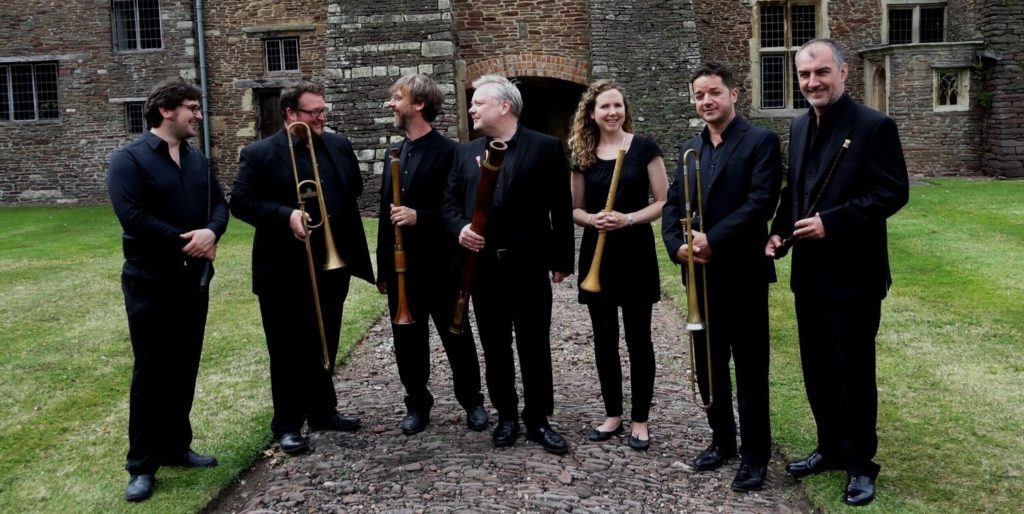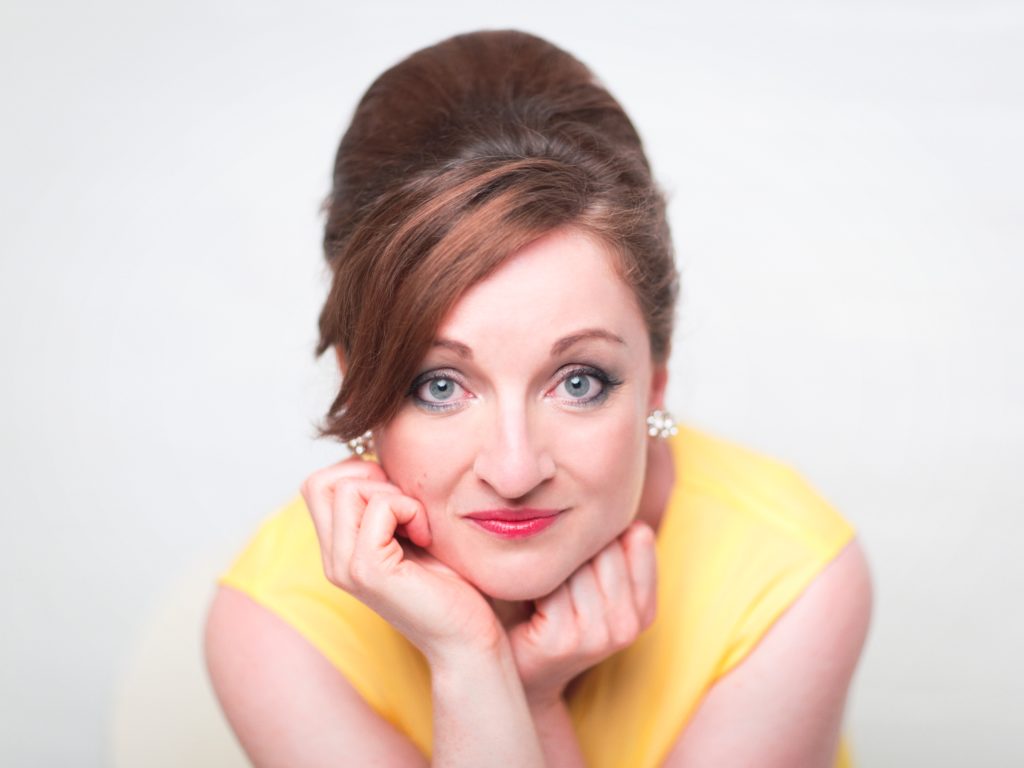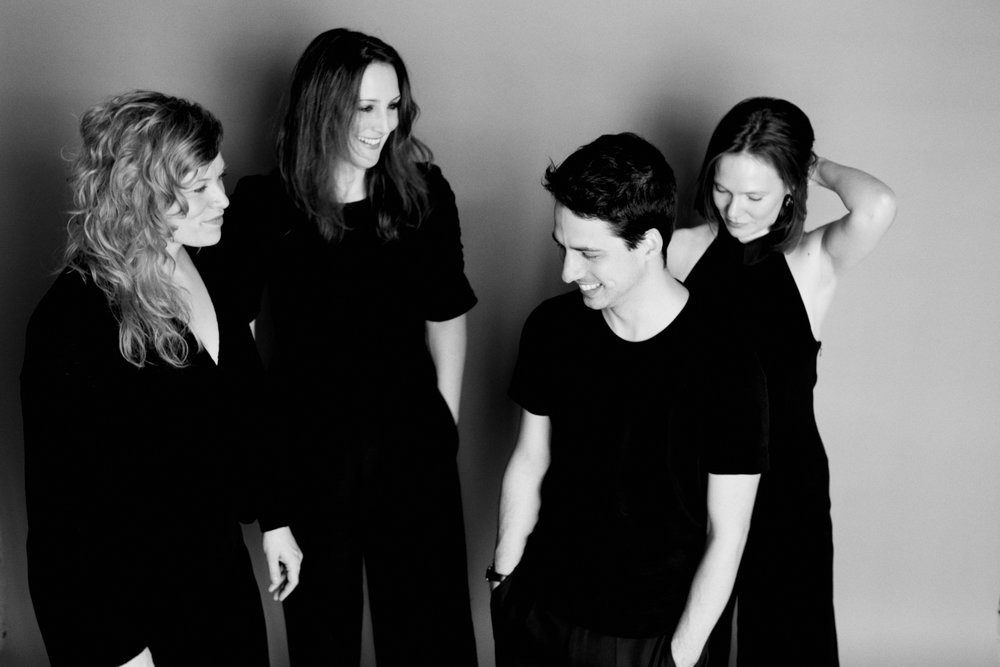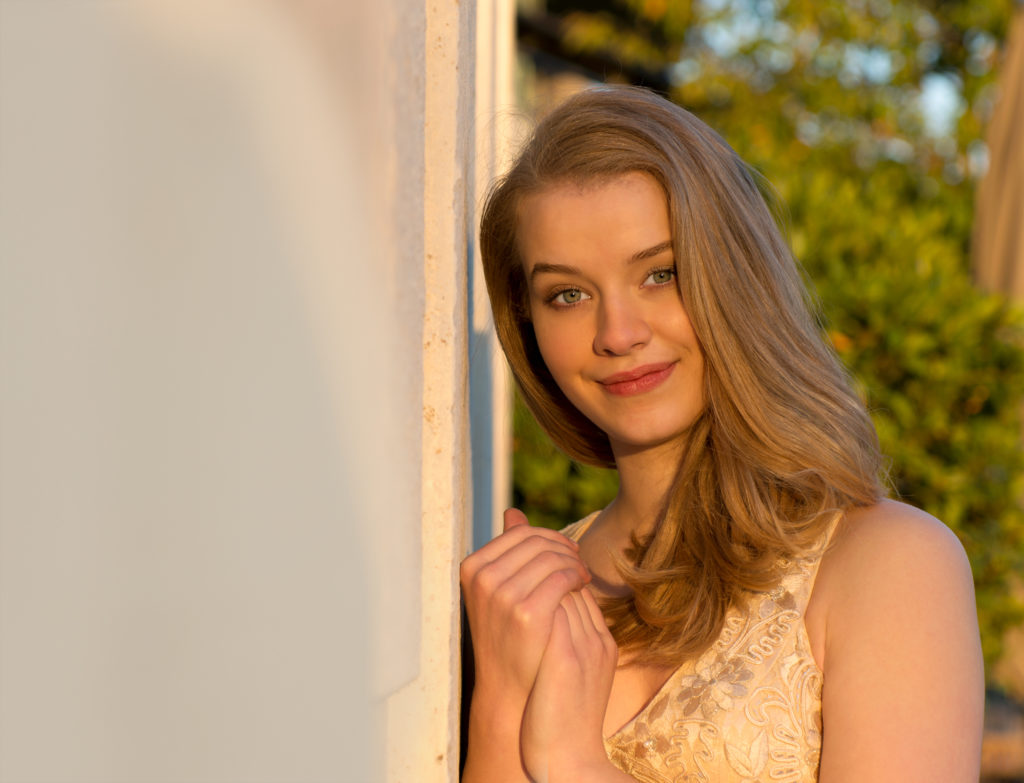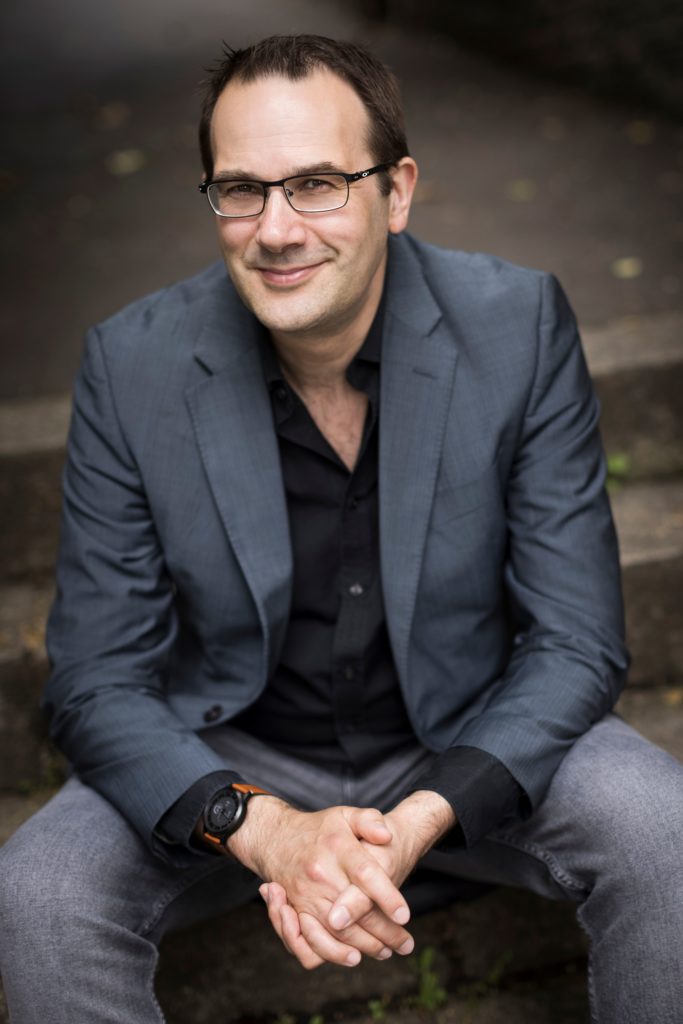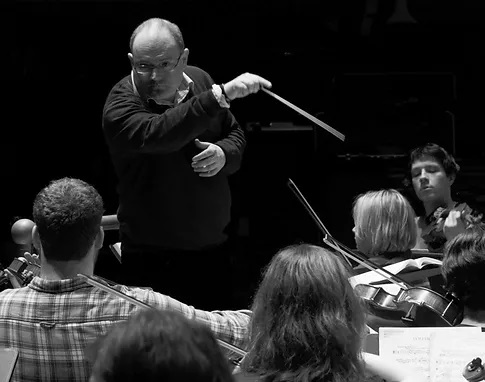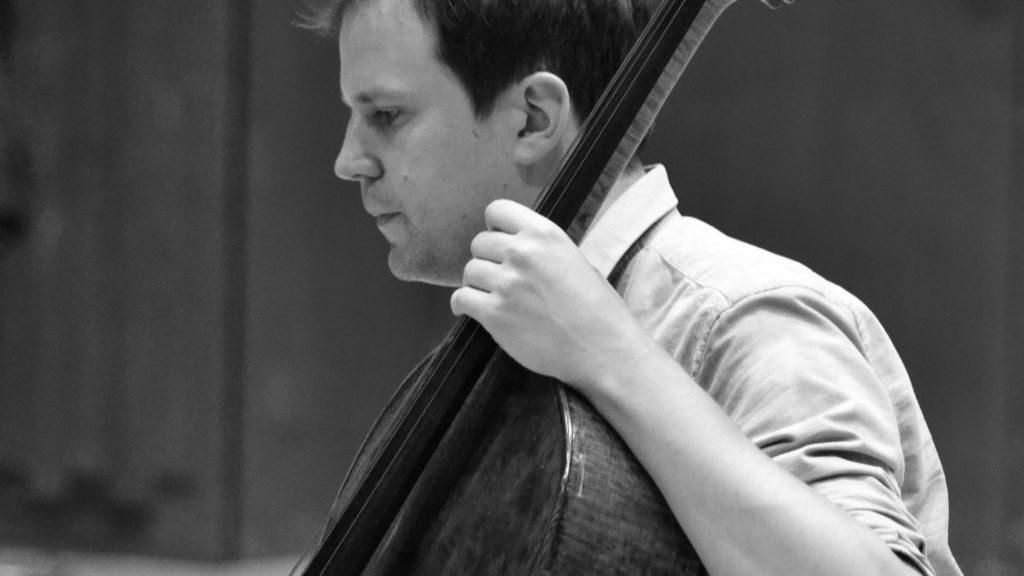
YORK Chamber Music Festival returns for its tenth anniversary season from September 15 to 17, once more under the artistic directorship of Tim Lowe.
Since its founding in 2013, the festival has gone from strength to strength and will celebrate its first decade by inviting six supreme string players in Europe and the British-based Russian pianist Katya Apekisheva to participate alongside cellist Lowe.
He will be joined by John Mills and Jonathan Stone, violins; Hélene Clément and Simone van der Giessen, violas; Jonathan Aasgaard, cello, and Billy Cole, double bass.
Described by York music critic Martin Dreyer as “a mouth-watering prospect”,the full programme can be found at www.ycmf.co.uk/2023-programme.
Picking out highlights: Mendelssohn’s joyous String Quartet Op. 13 was his first mature chamber music, written at the age of 18, and Dvořák’s String Sextet was his first great success in chamber music, a smash hit that was soon played all over Europe.
At the other end of their careers, Elgar’s response to the First World War included his late Piano Quintet, contemporary with his famous Cello Concerto, while the string septet version of Strauss’s Metamorphosen is a moving elegy for the cultural destruction caused by the Second World War.
In a concert of cello and piano music Lowe is joined by Katya Apekisheva in Brahms’s golden, glowing First Cello Sonata, and Apekisheva performs a solo concert to include Schubert’s great last Piano Sonata in B flat major.
Lowe says: “In our time, Europe is once again at war and as Strauss said when he re-read his Goethe, anger is never the last word. I hope that beauty and truth will shine through during the tenth anniversary of York Chamber Music Festival. We will certainly do our best. I look forward to greeting you all in September.”
Tickets are available from the National Centre for Early Music box office, in Walmgate, at ycmf.co.uk or on 01904 658338 in office hours. A Festival Saver ticket offers extra value to those wanting to attend multiple concerts. Young people aged 18 and under can attend all the events free of charge.

York Chamber Music Festival: the programme
Event 1: September 15, 1pm to 2pm, Cello Recital by Tim Lowe (cello) and Katya Apekisheva, Unitarian Chapel, St Saviourgate, York.
Beethoven: 12 Variations on See The Conqu’ring Hero Comes from Handel’s oratorio Judas Maccabaeus; Brahms: Cello Sonata No.1 in E Minor, Op. 38; Tchaikovsky: Nocturne for Cello and Piano, No. 4 from 6 pieces Op. 19 and Valse Sentimentale No. 6 from Six Morceaux, Op. 51; Schumann: Adagio and AllegroOp. 70.
Event 2: September 15, 7.30pm, Festival Artists John Mills, Jonathan Stone, Hélene Clément,Simone van der Giessen, Tim Lowe, Jonathan Aasgaard and Billy Cole, National Centre for Early Music, Walmgate, York.
Haydn: String Quartet Op. 76 No. 3; Mendelssohn: String Quartet No. 2 in A minor Op. 13; Richard Strauss: Metamorphosen, version for String Septet.
Event 3: September 16, 1pm to 2pm, Piano Recital, Katya Apekisheva, Unitarian Chapel, St Saviourgate, York.
Schubert: Three Piano Pieces, D946; Schubert: Piano Sonata in B flat major, D960.
Event 4: September 16, 7.30pm, Festival Artists John Mills, Jonathan Stone, Hélene Clément, Simone van der Giessen, Tim Lowe, Jonathan Aasgaard, Billy Cole and Katya Apekisheva, Sir Jack Lyons Concert Hall, University of York.
Frank Bridge: Three Idylls H.67; Vaughan Williams: Piano Quintet in C Minor; Elgar: Piano Quintet in A Minor, Op. 84.
Event 5: September 17, 3pm, Festival Artists John Mills, Jonathan Stone, Hélene Clément, Simone van der Giessen, Tim Lowe and Jonathan Aasgaard, St Olave’s Church, Marygate, York.
Boccherini: String Sextet No.1 in E flat Major, Op. 23 G454; Dvořák: String Sextet in A Major, Op. 48.

